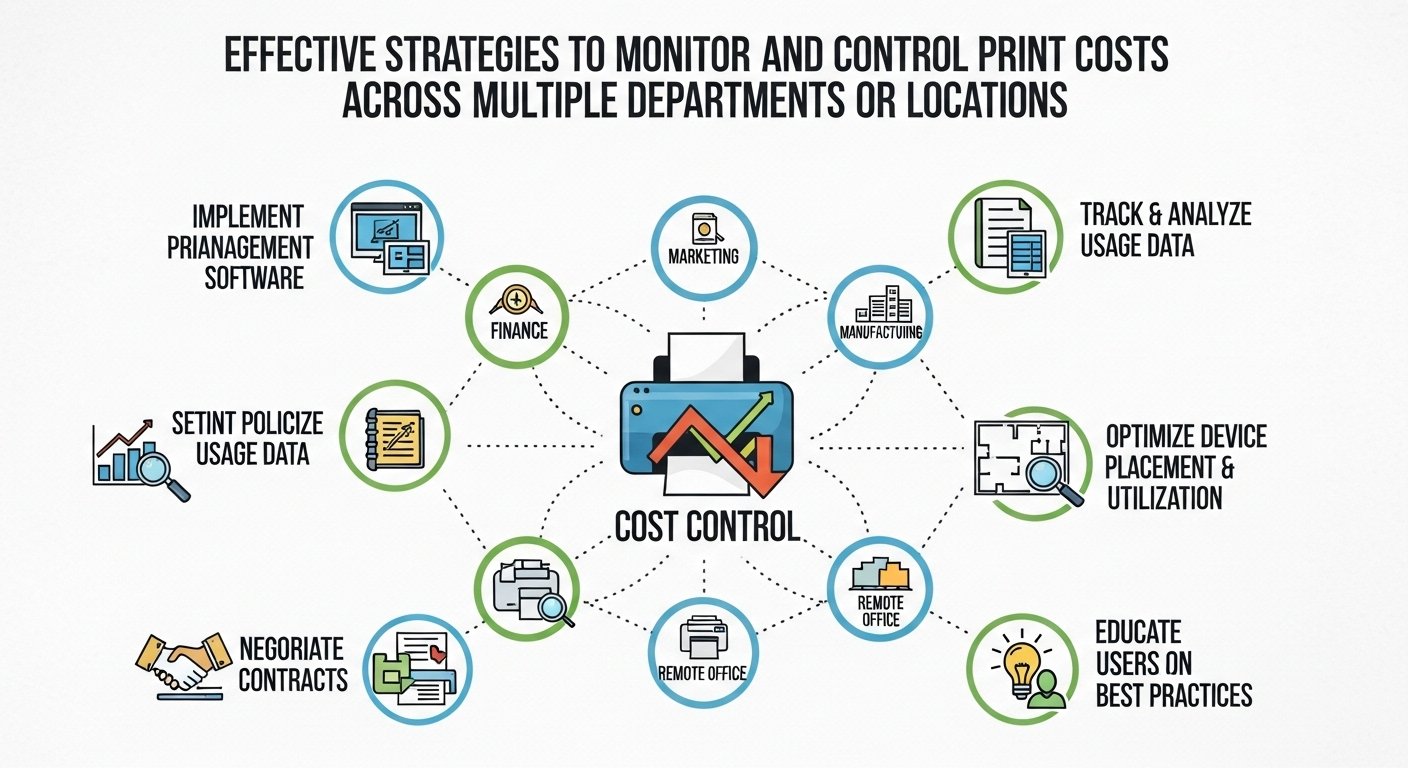Modern digital systems thrive on automation and event-driven communication. Whether it’s a real-time analytics platform, a cloud-based application, or a microservice environment, events form the backbone of interaction. Yet, within this efficiency lies a subtle danger: the platform event trap.
This issue arises when automated events start looping uncontrollably, leading to system inefficiencies, data corruption, and runaway costs. The platform event trap is not just a technical flaw—it’s a design challenge that requires both architectural foresight and operational discipline.
This article explores its causes, manifestations, impacts, and solutions—helping engineers, architects, and decision-makers navigate and neutralize this hidden threat.
Understanding the Platform Event Trap
The platform event trap occurs when an event-driven system becomes locked in repetitive cycles of automated triggers and responses. Instead of executing linear, controlled flows, the platform ends up reactivating the same events endlessly or creating overlapping chains that amplify each other.
This scenario commonly happens in environments where automation layers interact—like when microservices publish and subscribe to the same event types or when multiple systems respond to identical triggers without proper validation.
At first glance, it might appear as a simple glitch. However, the ripple effects can compromise performance, accuracy, and even business operations.
Origins of the Platform Event Trap
The evolution of event-driven architecture, microservices, and serverless platforms has increased event-based communication across applications. Each system component emits and reacts to events to maintain loose coupling and real-time synchronization.
However, as complexity grows, maintaining control over event dependencies becomes harder. The platform event trap usually arises from:
- Overlapping triggers between services.
- Lack of event ownership within teams.
- Unbounded automation loops where one event causes another recursively.
- Improper error handling that retries failed events endlessly.
In essence, the trap emerges not because automation is flawed—but because it’s overextended without governance.
The Technical Anatomy of the Platform Event Trap
A platform event trap typically follows this chain:
- A system generates an event (e.g., user update).
- Multiple services consume and react to it.
- One of those services emits a related event (e.g., account refresh).
- The original system reacts again to that new event—starting the cycle over.
Without explicit termination conditions or event deduplication mechanisms, the loop continues, multiplying system activity exponentially.
The result: systems trapped in an infinite or semi-infinite feedback loop, consuming resources and producing redundant operations.
Common Symptoms and Warning Signs
Detecting the platform event trap early can prevent severe damage. Common symptoms include:
1. High Event Recurrence
Unusual spikes in event frequency with similar payloads are red flags of cyclic triggers.
2. Queue Overload
Message queues or brokers (like Kafka or RabbitMQ) may show sudden backlogs due to repeated event reprocessing.
3. Duplicate Data Entries
Databases may display duplicated transactions, orders, or notifications generated by repeated event cycles.
4. Increased Latency
System response time slows as processors and APIs handle redundant data flows.
5. Unstable Automation
Workflows execute inconsistently, performing the same actions multiple times or in incorrect sequences.
Real-World Scenarios of the Platform Event Trap
Example 1: Financial Applications
In a banking platform, a “transaction completed” event triggers a balance update. The balance update, in turn, triggers another transaction recalculation, re-emitting the first event. This loop can cause inaccurate statements and system instability.
Example 2: IoT and Smart Devices
In an IoT setup, sensor data sent to a cloud platform triggers alerts. If the alert handler sends an acknowledgment that reactivates the sensor, it can result in constant communication between device and server, draining bandwidth.
Example 3: Marketing Automation
A marketing system that sends follow-up messages based on “email opened” events may repeatedly trigger itself if the same event type is logged multiple times by integrated tools.
The Root Problem: Automation Without Boundaries
Automation is the driving force behind modern digital ecosystems, but it must be governed by control mechanisms. The platform event trap often results from unchecked automation logic, where events are designed to respond endlessly to each other without human oversight.
Systems that overemphasize autonomy without safeguards risk creating recursive feedback that undermines their reliability. Balancing automation with human validation, throttling, and event visibility is key to preventing this trap.
Detecting the Platform Event Trap
1. Establish Event Flow Visibility
Visualizing the journey of each event across microservices helps identify loops. Tools like distributed tracing or event flow mapping are invaluable.
2. Analyze Event Frequency Metrics
Sudden and unexplained surges in event counts often point to recursion or misconfigured listeners.
3. Audit Automation Rules
Regularly review automation triggers, conditions, and handlers to ensure they don’t overlap or feed back into the same systems.
4. Correlate Logs and Traces
By aligning timestamps and payloads, teams can detect cyclical event emissions originating from the same sources.
Strategies to Prevent the Platform Event Trap
1. Implement Idempotent Design
Make event processing idempotent—meaning executing it multiple times yields the same result. This prevents duplication even if the same event reoccurs.
2. Use Unique Event Identifiers
Assign unique IDs or correlation keys to track event lifecycles and prevent reprocessing of identical messages.
3. Introduce Circuit Breakers
Circuit breakers temporarily stop event propagation when repeated failures or cycles are detected.
4. Apply Event Filtering and Throttling
Restrict how many events can fire within a certain timeframe to reduce overload.
5. Enforce Event Governance Policies
Each event should have a defined producer, consumer, and clear documentation of purpose and allowed responses.
6. Regular Testing and Simulation
Run scenario simulations to identify possible event loops before deploying to production environments.
The Role of Observability and Monitoring
Monitoring is the backbone of detecting and managing the platform event trap. Observability tools provide deep insights into system behaviors, event latency, and dependencies.
Dashboards showing real-time event flow visualization allow engineers to identify feedback loops quickly. In addition, integrating anomaly detection tools helps highlight unexpected event bursts that may indicate recursion.
When combined with alerting mechanisms, observability becomes a proactive defense against automation chaos.
Organizational Practices to Minimize Risk
Technical solutions alone aren’t enough. The platform event trap often results from fragmented team structures where one group’s automation affects another’s workflows.
Recommended Practices:
- Define Ownership: Assign clear ownership for event management.
- Regular Cross-Team Audits: Collaborate between development, operations, and data teams to ensure coordinated event handling.
- Documentation Standards: Maintain an event registry describing each event’s purpose, frequency, and consumers.
- Version Control: Manage event schema versions carefully to avoid outdated or conflicting triggers.
When teams communicate effectively, the likelihood of systemic traps drops dramatically.
Platform Event Trap and Business Impact
The platform event trap isn’t just a technical concern—it directly affects business performance.
- Higher Cloud Bills: Continuous loops consume compute power, bandwidth, and storage unnecessarily.
- Reduced Reliability: Systems that act unpredictably erode trust among users and stakeholders.
- Data Corruption Risks: Duplicate or inconsistent events can compromise data integrity and compliance.
- Operational Delays: Debugging cyclical event failures consumes time and development resources.
Thus, preventing this trap safeguards not only technology but also financial and reputational stability.
The Future of Event Management
Emerging technologies are reshaping how event-driven systems operate. The platform event trap will likely diminish as AI-assisted observability, self-regulating event brokers, and low-code orchestration tools become mainstream.
Future platforms will:
- Detect and break loops automatically.
- Analyze event dependencies using graph-based intelligence.
- Recommend optimal automation boundaries.
With these advancements, developers can focus on innovation rather than firefighting endless event chains.
Conclusion
The platform event trap represents a critical reminder that automation, while powerful, must be controlled and intentional. Without boundaries, systems risk falling into self-replicating loops that waste resources and compromise integrity.
By combining technical strategies like idempotent processing, circuit breakers, and observability with strong governance and communication, teams can prevent the chaos of runaway automation.
Ultimately, mastering event discipline isn’t just about avoiding failure—it’s about enabling sustainable, scalable, and intelligent digital systems that truly serve their purpose without trapping themselves in endless cycles.





